Maybe you've been following the debate over GMO corn in Mexico, or maybe you haven't. It’s been going on in the background for years and has escalated in recent months with the new administration and threats of tariffs.
Beyond the specifics of this debate, it represents so many present-day issues that all intersect, which I will attempt to break down here.
There is no way I can explain all the details of this case and the hundreds of pages of scientific research produced by both the US and Mexico, but I can explain it at a high level so that you can be aware.
The issue: Mexico has been trying to restrict imports of US-grown GMO corn since 2020. This is highly controversial because more than 92% of the corn grown in the US is GMO, and we export a lot of it to Mexico. Because our warped food system has resulted in US farmers growing tons of subsidized GMO corn to be mainly used for animal feed, ethanol, and processed ingredients like high fructose corn syrup and corn starch, there has been less of an outcry about the potential consequences of eating GMO corn. In Mexico, on the other hand, corn is a central part of their diet. Mexico is the birthplace of domesticated corn, and the tortilla is the backbone of their meals. There is a saying, "Sin maíz, no hay país", which translates to "Without corn, there is no country,” and is used to highlight corn's importance to Mexico's identity and sovereignty.
Because of the U.S.-Mexico-Canada Agreement (USMCA), restricting imports has been ruled a violation, and US trade lawyers were quick to say from the outset that Mexico’s ban would undermine market access to the country, which they agreed to provide as part of the free trade pact.
What's at stake: The concerns over GMO corn are multifaceted. There is a tense debate in the food world over fears around GMOs. What is GMO, you might ask? There are actually only a handful of crops that are genetically modified (GMO) as opposed to hybrid crops, which are more common. To put it simply, the food we eat has been bred over time to create a food system where we can grow foods with high yields, transport them long distances, ensure they all look the same, and don't bruise easily. This happens when plant breeders notice a single plant with desirable traits and select it for the next season.
GMO, on the other hand, is a non-natural process in which plant DNA has been intentionally altered in a laboratory using biotechnology. Scientists take a gene from one organism and insert it into another organism’s DNA, which lets them give a plant or animal a trait it wouldn’t naturally have, like pest resistance, faster growth, or drought tolerance.
One of the main concerns with the use of GMOs is their connection to the chemical glyphosate. You have likely heard about Monsanto being sued for the connection between cancer and the use of glyphosate. In the 1990s, GMO crops were developed that are resistant to glyphosate (like Roundup Ready soybeans, corn, and cotton). Meaning farmers could spray entire fields, kill all the weeds, but leave the crop unharmed.
The arguments: Due to concerns for human health and a desire to protect their own varieties of corn, Mexico wants to restrict GMO imports. However, due to the powerful lobbies in the US, Mexico’s desire for food sovereignty is being undermined. At the core of the issue is people over profits. As best exemplified by this quote from US Ambassador Katherine Tai after the US won the dispute last year, that Mexico could not restrict imports:
“The panel’s ruling reaffirms the United States’ longstanding concerns about Mexico’s biotechnology policies and their detrimental impact on U.S. agricultural exports. It underscores the importance of science-based trade policies that allow American farmers and agricultural producers to compete fairly and leverage their innovation to address climate change and enhance productivity. We look forward to continuing our collaboration with the Mexican government to ensure a level playing field and provide access to safe, affordable, and sustainable agricultural products on both sides of the border.”
On the other side, Farm Action President Angela Huffman said:
We are disappointed in the panel’s ruling today, which shows the U.S. successfully wielded its power on behalf of the world’s largest agrochemical corporations to force their industrial technology onto Mexico. This ruling will make winners out of agrochemical corporations and losers out of everyone else.”
My thoughts: Beyond the concern that Mexico can't restrict imports of something if it wants to, the thousands of pages of research by scientists raising concerns about human exposure to glyphosate seem to concern the Mexican government. Why not ours? How can a free trade agreement be more powerful than a country’s right to food sovereignty and expressing concerns over the safety of their people? I don’t feel safe knowing that government interests are more aligned with the private sector than my own well-being.
❗ Pay Attention ❗
New Indiana law requires professors to promote 'intellectual diversity' to keep tenure
How Fertilizer Poisoned So Much Farmland
✨ Gems of the Week ✨
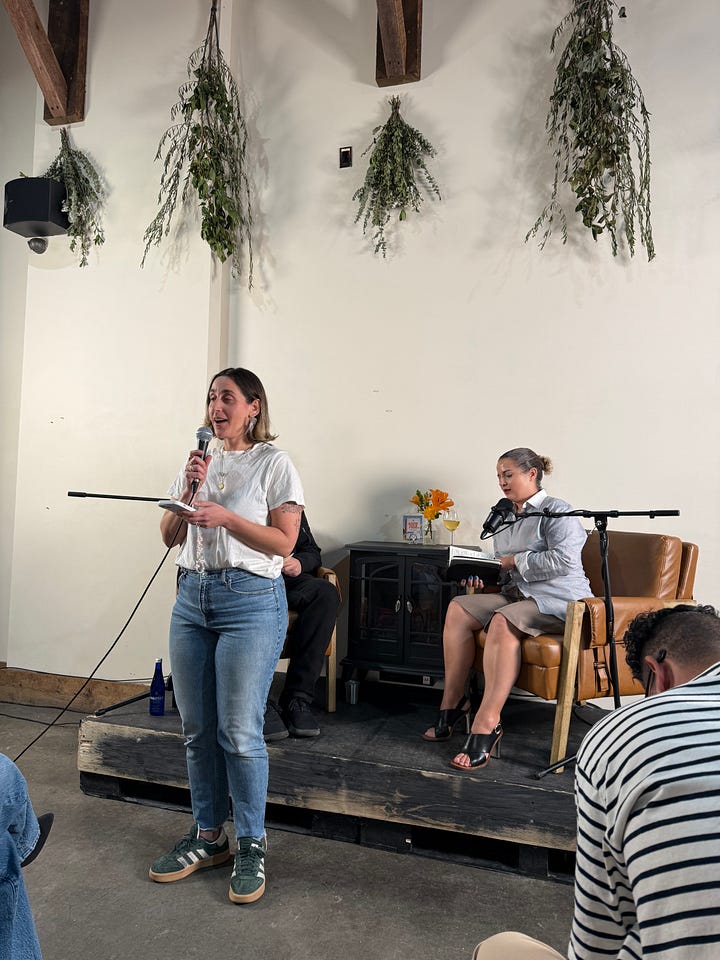
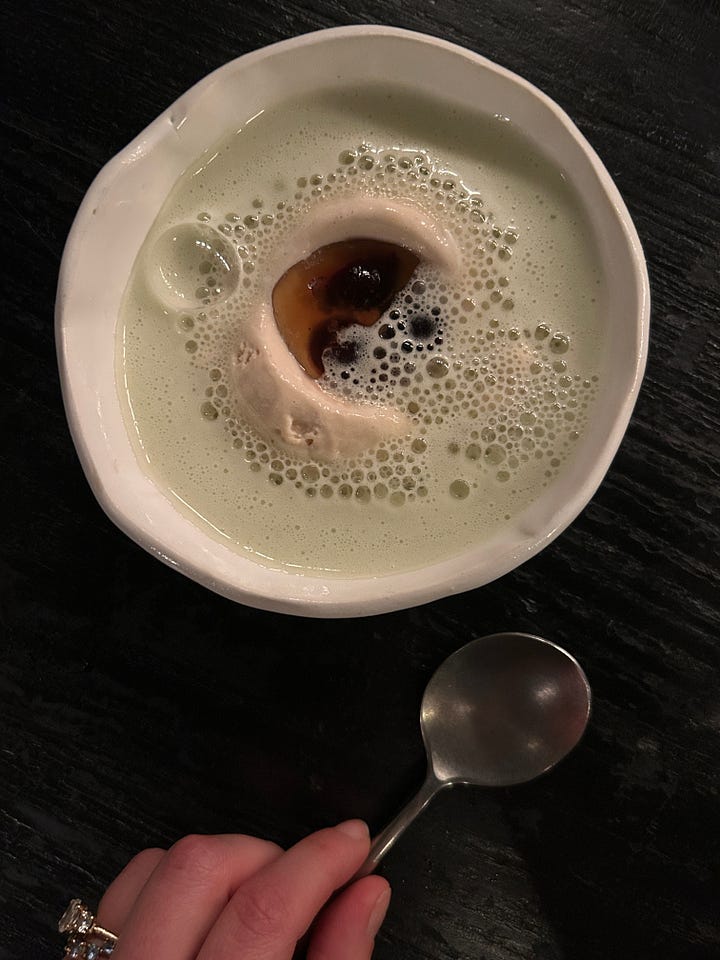
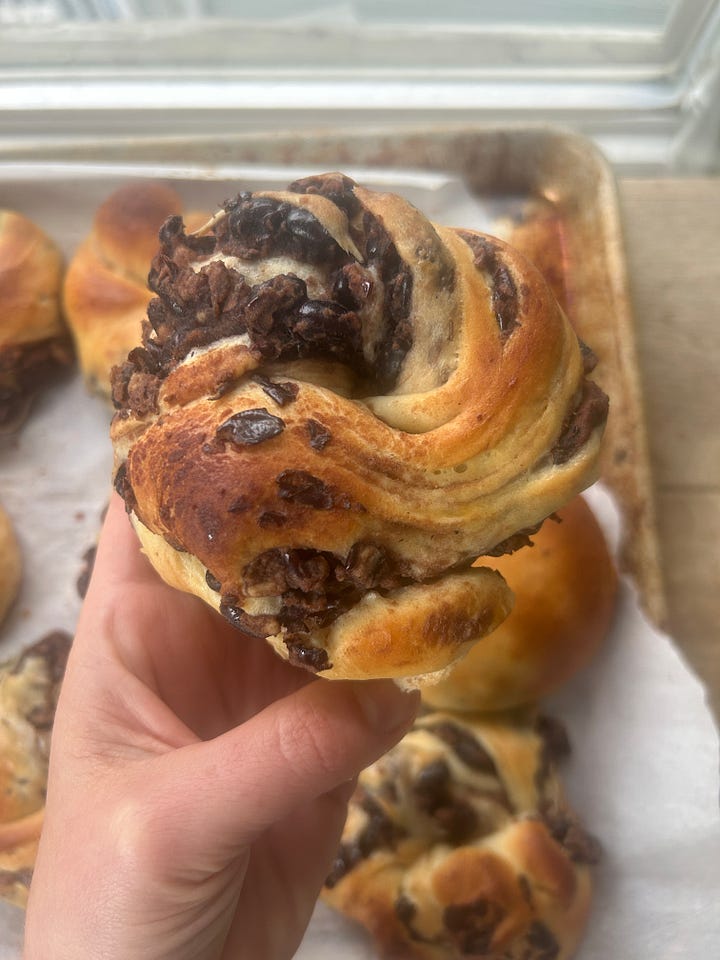

I got to introduce
at the last Farm to People event!oyster oyster pop-up at Smitereens, and this celery ice cream float
I tried my hand at red bean buns - if you’ve made these before, please let me know as I’d like to improve them
Cured Olive Shortbread Cookie, maybe the best thing I’ve ever had? I used this recipe, but with cured olives and no juice.
The Wholegrain Revolution- How Denmark Changed the diet - and health - o their entire nation
Sweet & Spicy Broccoli Salad with Sesame Almond Crunch 🥦
Don’t knock raw broccoli till you’ve tried it. Recipe video here.
INGREDIENTS
1 small head of broccoli
1/2 red onion
1 can of white beans rinsed and drained
handful of dates and olives
Dijon dressing: mustard, olive oil, apple cider vinegar, and honey
almonds
sesame seeds
hot honey (or honey and chili flakes)
INSTRUCTIONS
Preheat the oven and mix chopped almonds, sesame seeds, and hone,y and cook for 15 an,d then let cool.
Dice the broccoli head into small pieces, mix it with diced onion, beans, dates, and olives, and toss with the dressing.
Top with your crunch!

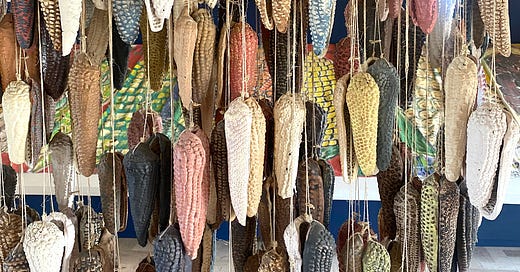



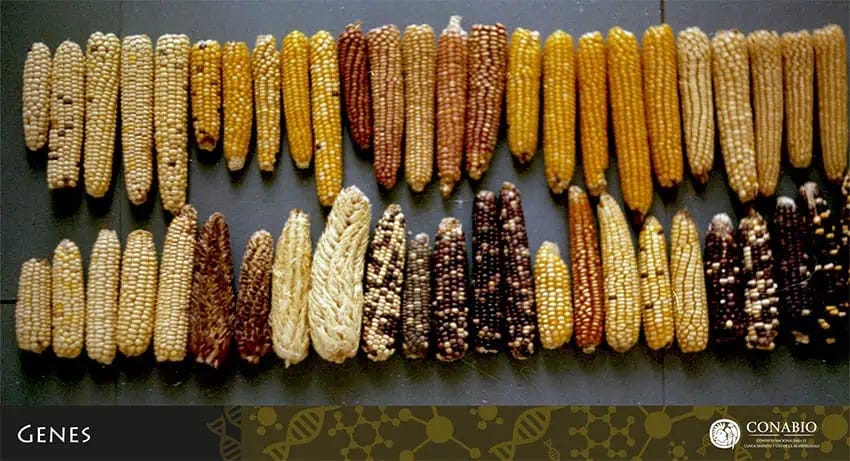
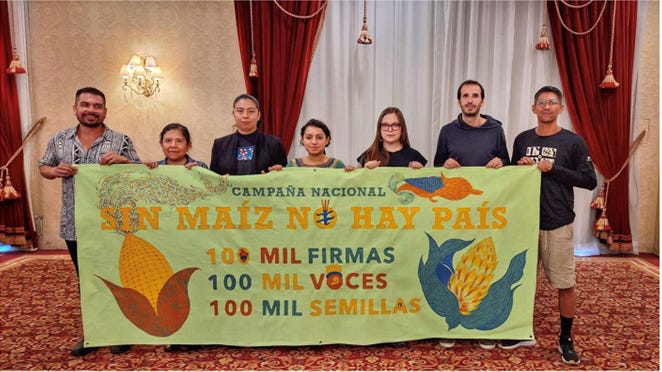

I love the pictures!